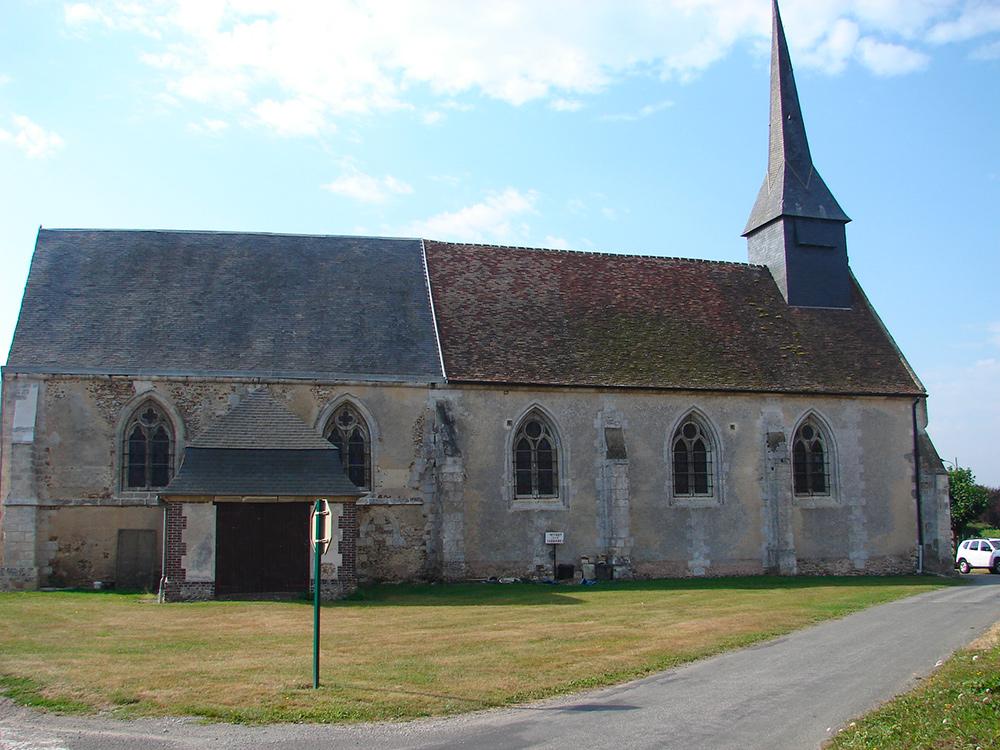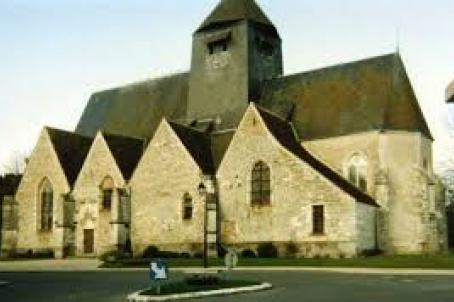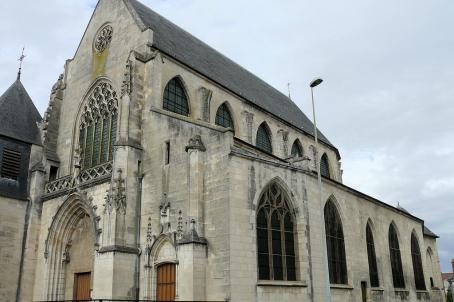Church of Saint-Aignan
The St Aignan church was located inside the walls of the medieval village of Ivoy-Le-Pré in the 13th century, which was ruined and pillaged by the Huguenots. In the 16th century the single nave church was extended by a five section chevet, and then enlarged by the addition of side chapels with beautifully ribbed vaults, forming a transept. Today, the bays of the church are adorned with stained glass windows (Lorain studio) and one can admire many classified objects.
About this building
The church of St Aignan was located inside the walls of the medieval village of Ivoy-Le-Pré in the center of France. It was built in the thirteenth century by Simon de Sully, Archbishop of Bourges , who donated the royalties of Ivoy to the powerful abbey of Saint Sulpice. On the west entrance, you can still see the Oval archings on columns with hook capitals dating from that time.
Ruined and pillaged by the Huguenots in the sixteenth century, it was rebuilt and the single nave church extended by a five-sided chevet, and then enlarged with the addition of side chapels that have beautifully ribbed vaults, to form the transept.In the nineteenth century an imposing bell tower was added as well as a baptismal chapel. In addition, a portion of the vault of the nave is elevated to harmonize the building.
Today, the bays of the church are decorated with stained glass windows (Lorain studio) there are many classified objects such as a set of stalls of the XVII and XVIII centuries, an angel statue and two statues of St John Baptist, a painting depicting a Descent from the Cross (17th century) as well as sacerdotal objects. The remarkable frescoes of the baptismal chapel and the murals of Vial-Berthezène (New Realist Movement) 1964 are also worthy of note.





